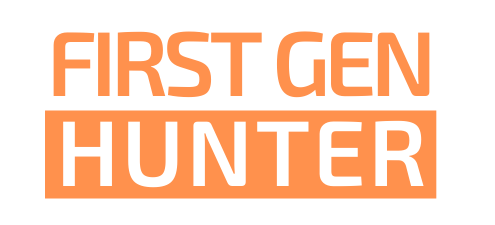Practicing for Upland Success
Upland bird hunting truly is one of the most exciting ways to hunt. Game birds hiding invisibly in the tall grass until they suddenly explode out of their cover right before you take your next step will jolt anyone’s heart rate up. The most common problem an inexperienced wingshooter will have is missing… a lot. The only way to fix this experience deficit is by putting in the hours learning how your gun patterns and how to shoot a flying target.
Shooting clay pigeons will help train your eye to properly lead your flying target and develop the necessary gun-eye coordination.
Photo by Andy Falconer on Unsplash
Patterning your shotgun is something that probably all experienced hunters know they should do at some point, but few actually take the time to do so. The best procedure for this is to save the next large cardboard box you acquire (this is an excellent excuse to buy that big screen tv you want) and position it in a safe location for throwing some lead at it. Mark off a realistic shot distance (20 yards is good), draw a bead on the center of the box and fire once. Make sure your gun is empty of shells and then go down range to evaluate the density of pellets on the box. If the density seems to be quite low (pellets are spread far apart) then you should probably consider purchasing an upland hunting choke for your shotgun. The addition of a choke should fix your problems, but if for some reason it doesn’t seem to help, then you may want to experiment with some different types of shells.
Shooting clays is a great way to have some fun during the long offseason. All you will need to do is buy a box of clay pigeons, some target loads (these are shells with the least amount of powder and very light loads, there is typically a picture of a clay pigeon on the front of the box, but if you are unsure of what to buy, ask the guy behind the gun counter), and a thrower. Then bribe a buddy or two to come sling clays for you. After a few boxes of clays you will begin developing the accuracy of a skilled wingshooter. I recommend cutting your teeth on clay pigeons by simply focusing on just one predictable trajectory that the clays will travel out of the thrower. This will help you develop the foundational skills of correctly “leading” a target on the move. Once you master the leading technique it will be time to diversify your target movement by shooting clays coming from multiple angles. This will help you gain confidence as an instinctive shooter through building more gun-eye coordination. As I mentioned before, you certainly can experiment with different types of shotgun shells when you are doing your cardboard box pattern tests, but you will probably find that you will get more useful information from the different types of shells when you start shooting at clay pigeons. Although most clay pigeon practice will only require the use of target load shells, you will definitely want to burn a few shells shooting clays with the loads you intend to use when you are actually hunting.
The most exciting way to prepare for fall upland bird hunting seasons is by participating in early season dove hunting. Doves are small targets, similar in size to the clay pigeons you were shattering all summer. They fly fast, seemingly appearing out of nowhere and maintain a challenging distance from the muzzle of your scattergun. If you can become an efficient dove hunter, you will be in good shape chasing pheasants and quail a few months later. The cherry on top here will be some delicious doves to dine on at supper that evening.
Like most things in hunting, the process of reaching success is a major component of the enjoyment you will have living the hunter lifestyle. Putting in the time to improve will make your freezer all the richer come fall.

